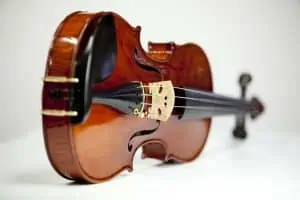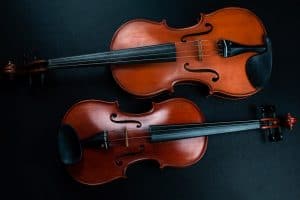how to Read Viola Sheet Music
The simplest way to read viola sheet music
Learning to read music is definitely a different skill from actually playing the viola. Within our ‘Beginner’s Guide To Learning The Viola’ series, this unique part will provide you with just enough details to get started practicing this amazing skill.
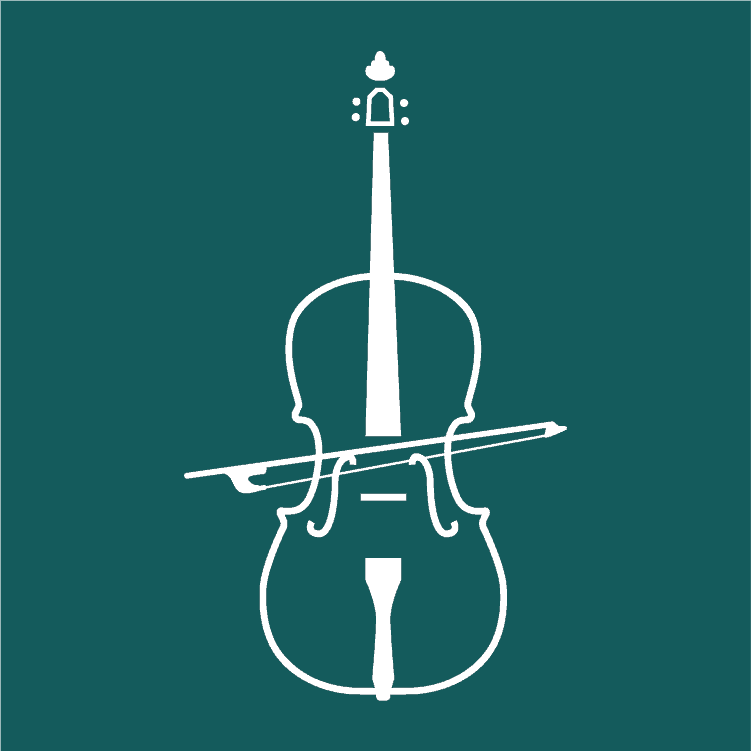
Musical Notation - Why Do We Need It?
Music is actually a language; and as with any language, it has a written variety. Notation offers musicians around the world a tool to communicate. A composer writes their piece with particular symbols, and provided you can read music, it is possible to comprehend it, decipher it, and ultimately play it.
Examples of early notation have been found on tablets dating back as far as 2000 BC. Modern’ staff notation’, the technique we currently use, was developed by Catholic monks to standardise church music.

How Vital Is Learning To Read Music?
Finding out how to read music takes time and energy. There are no two ways about it, it’s a difficult skill to master.
If you’re wishing to perform pop music, it’s not crucial that you figure out how to read music. Having said that, if you do, you’ll find life easier down the road.
You may absolutely go down this path if you choose. Just recognize that like riding a bicycle, reading music is actually a skill you never forget – and the positives massively exceed the downsides.
Is Reading Music Tough?
When you learnt to read and write, did you handle them as the same process? Of course not. Managing your hand motions with a pencil, understanding the designs of words, learning how letters join together are all a radically different skill from using your eyes to understand what a combination of letters spells.
Learning how to read music is the same.
Playing the viola is really a radically different skill from reading the sheet music before you. Quite a few badly experienced instructors make an attempt to teach the two of these elements together – however, you know much better! Learn them as individual skills that overlap. That way you’ll succeed more quickly.
Understand The Fundamentals Of Music Notation
The Alto Clef Staff
For Viola, staff notation is actually organized around something known as the Alto staff. This contains a stave (the name for the lines) of 5 lines and 4 spaces. The staff is labelled using an alto clef (the thing at the beginning of the line that looks like a capital B)! Viola is very special, as it’s one of the only instruments that use this clef.
Middle C sits directly on the middle line. Just as it is roughly the middle point of all notes available, it’s also the centre point on the staff.
Notes can sit on a line or in a space. The vertical position (height) of the note specifies the pitch. The higher up the stave, the higher the pitch. When the note would need to go higher or lower than the stave lines, we create mini lines for each note that is higher or lower. These lines are known as ledger lines.

The notes
To help remember the four spaces in the alto staff, just learn the phrase “Green Boats Drift First”.
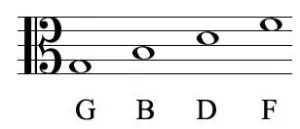
The 5 lines, bottom upwards, for the alto staff are: F A C E and G. The best way to learn them is to use an acronym. The most famous is “Fat Alley Cats Eat Garbage” – but I bet you can think up a better version…
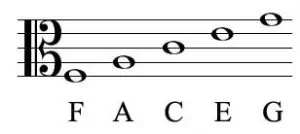
And so you have an overall view, here is the whole Alto Clef Staff, with all notes…

Value of Notes
When reading through music, we all read from left to right. And now we recognize what position on the stave makes what note, we need another instruction from the printed symbol. We will need to discover how long to hold the note for.
The design of the note lets you know the length of time to play it.
- A whole note (or if you are in the UK, it’s called a Semibreve) is an empty circle and lasts four counts.
- A half note (or if you are in the UK, it’s called a Minim) adds a stem and lasts two counts.
- A quarter note (or if you are in the UK, it’s called a Crotchet) fills in the circle and lasts one count.
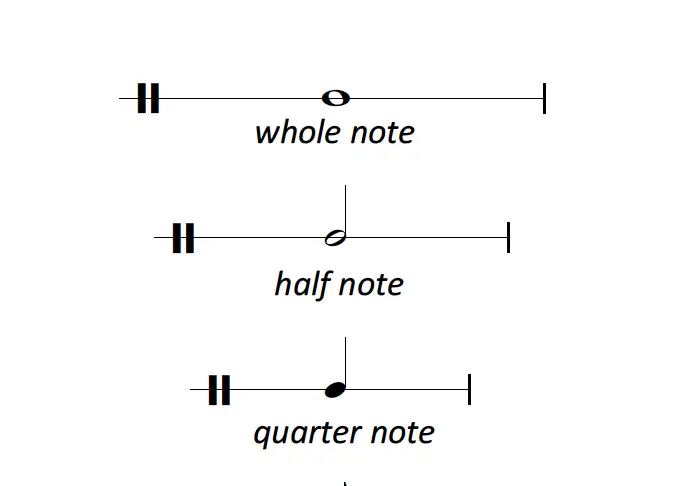

How To Read Viola Sheet Music - Summary
Hurrah!
You have the information, now go and practice what you’ve discovered! What’s that old saying about taking a horse to water, but you can’t make it drink…
It won’t shock you to understand that there is quite a bit more to reading music than what I’ve cited above. But all of us have to get started somewhere – and when you can reach the point in which you remember all this information and find it simple, you’ll then be ready to jump in more deeply with your quest for understanding!
Uncover These Enjoyable Things
As regular as I want to be Elton John for a day, I send out an email to you with the four most brilliant things that you absolutely have to know about.
As long as it’s music associated, it could end up in the e-mail. New tracks, techniques, merchandise, reviews – anything at all.
But you’ll only get a copy of the email if you gain entry below.
Read the next post in this series:
About the Author
Mark Gibbs
My name is Mark and I’ve been playing the viola since I was ten years old. I studied at the Royal College of Music in London for four years. Since then, I’ve played with Rod Stewart at the Brits, played with the likes of Katherine Jenkins and travelled all over the world, doing what I love!
In my spare time, I love learning languages. I’ve been learning German for several years now and speak some Czech, too. I also enjoy studying maps, as well as playing and watching football.
Other posts by this author



